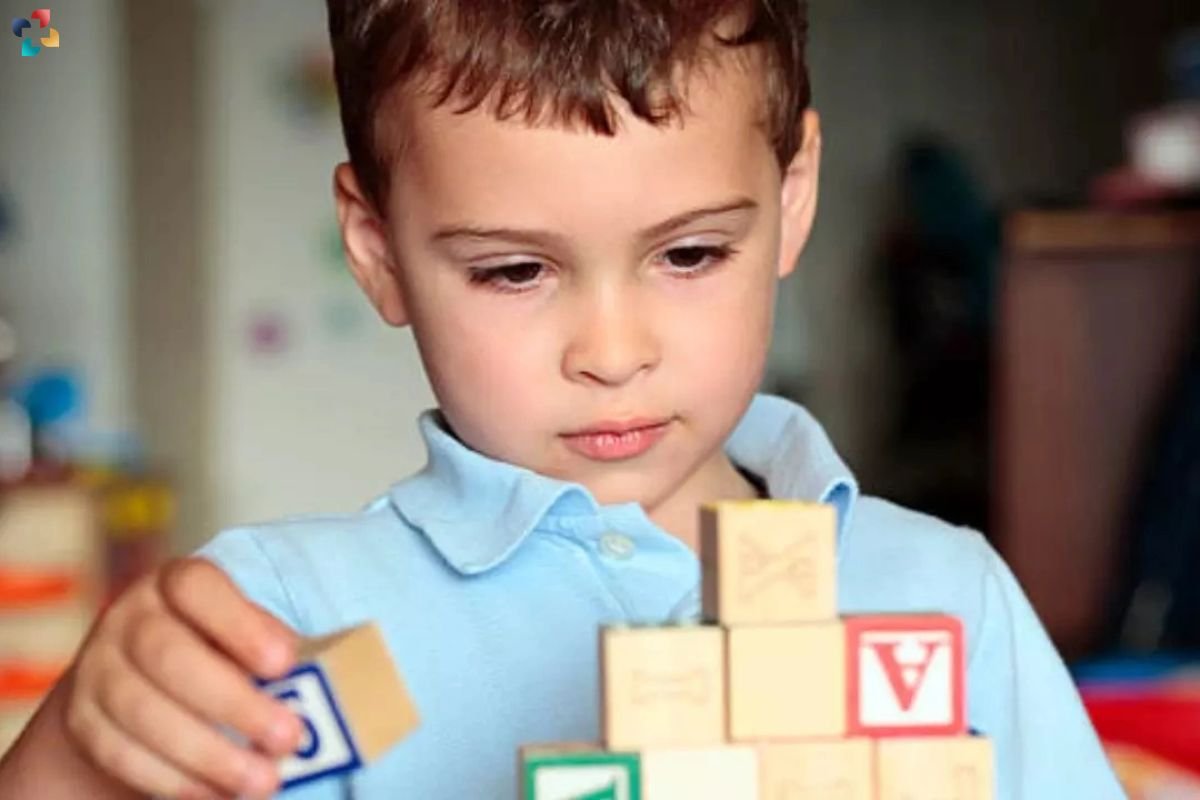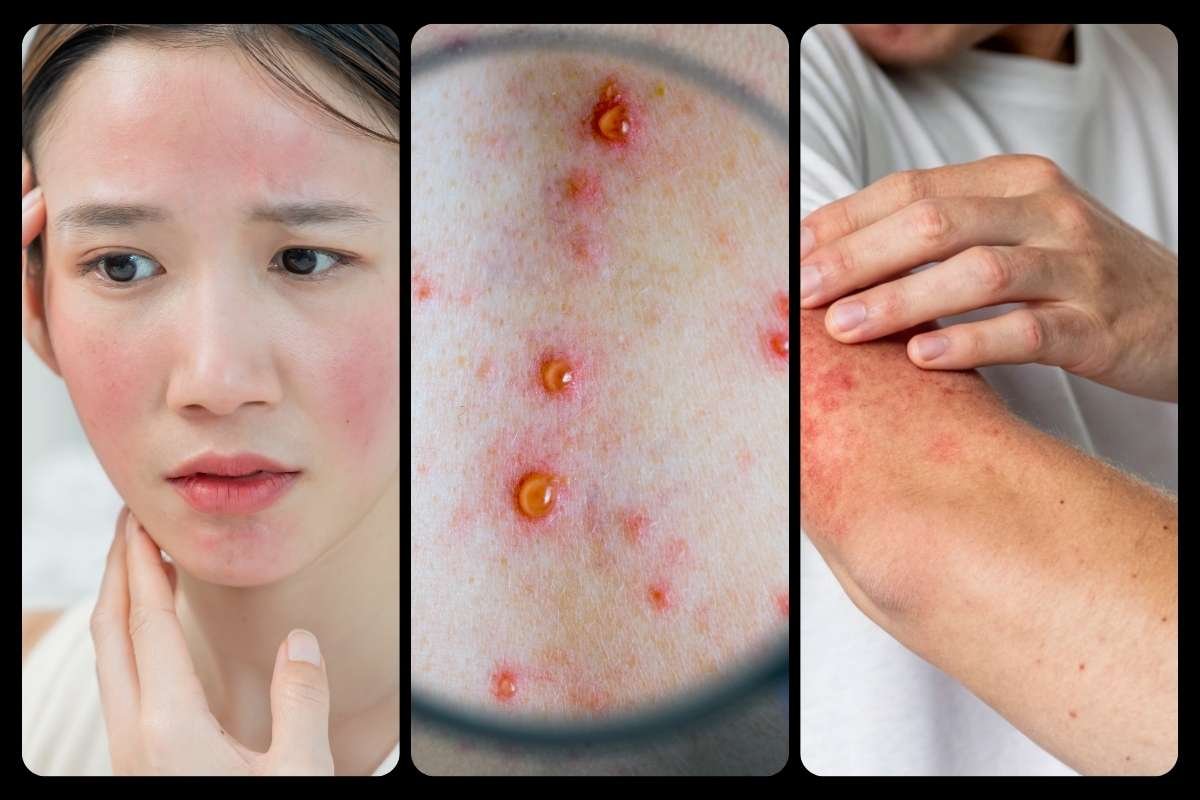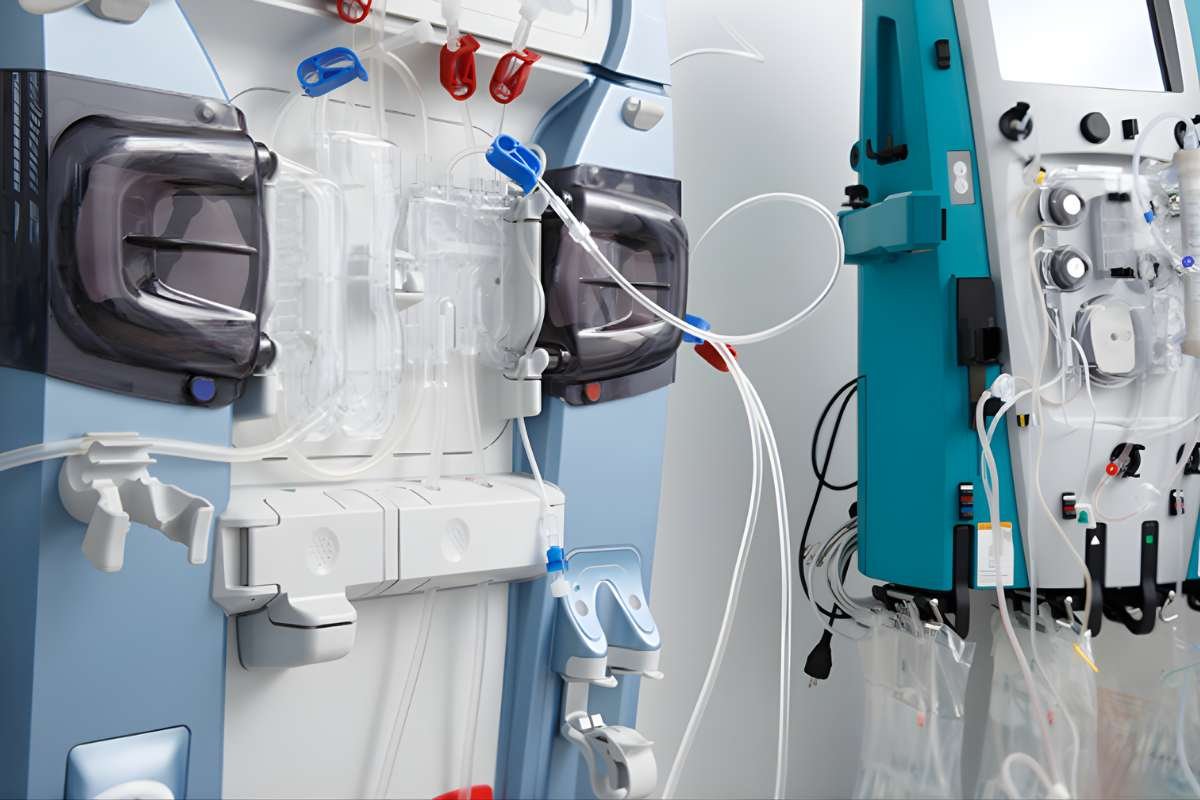Source-Timesnownews.com
A recent study led by researchers from the UC Davis MIND Institute has confirmed that siblings of autistic children face a significantly heightened risk of developing autism themselves. The research, published in Pediatrics, reveals that these siblings have a 20% chance of being autistic, which is approximately seven times higher than the rate found in infants without autistic siblings. This finding reinforces earlier research conducted by the same team in 2011, highlighting the importance of understanding autism recurrence in families and siblings of autistic children.
Professor Sally Ozonoff, who has dedicated decades to studying autism recurrence, noted that this study included a larger and more diverse sample compared to previous efforts. The research spanned families from the United States, Canada, and the United Kingdom, encompassing 1,605 infants with older autistic siblings, compared to 664 participants in the earlier study. The comprehensive nature of this research aims to provide clarity on the factors influencing autism prevalence among siblings.
Factors Influencing Autism Recurrence Rates
The study identified several critical factors that influence the likelihood of autism recurrence within families. Notably, the sex of the first autistic child was a significant determinant; families with a daughter as their first autistic child were 50% more likely to have another child with autism compared to those whose first autistic child was a son. Additionally, the presence of multiple autistic siblings was shown to increase the risk, with a 37% chance of another child being diagnosed if there were already two autistic siblings, compared to a 21% chance with just one sibling.
The study also highlighted the influence of the infant’s sex on autism risk. Boys born into families with an autistic sibling had a 25% recurrence rate, while the rate dropped to 13% for girls. Ozonoff emphasized that this aligns with the broader trend of higher autism diagnoses among boys, which occurs at nearly four times the rate seen in girls.
Socioeconomic and Racial Influences on Autism Risk
In addition to genetic factors, the research explored the impact of race and maternal education on autism recurrence. Non-white families exhibited a recurrence rate of 25%, compared to 18% in white families. Moreover, the mother’s education level was linked to varying rates; families where mothers had a high school education or less showed a 32% recurrence rate, while this rate decreased to 16.9% among families with graduate degrees.
These findings indicate potential social determinants of health that could contribute to the observed disparities in autism prevalence among different demographic groups. Ozonoff stressed that further research is essential to explore these critical questions, emphasizing the need for ongoing investigation into the factors driving these trends.
Autism Risk Among Siblings of Autistic Children
The study also monitored families that withdrew from the research over three years to assess whether their experiences differed from those who remained in the study. This aspect aimed to determine if attrition could have skewed the results. The findings indicated that the families who stayed did not exhibit significantly higher rates of developmental concerns than those who dropped out, providing additional credibility to the study’s outcomes.
In conclusion, the study highlights the necessity for healthcare providers to monitor the development of siblings of autistic children closely. Early intervention and diagnosis remain crucial, particularly in families with limited access to healthcare resources, ensuring that affected children receive the support they need to thrive.
Also Read: Understanding Nonverbal Autism: Causes, Symptoms, and Support Strategies







